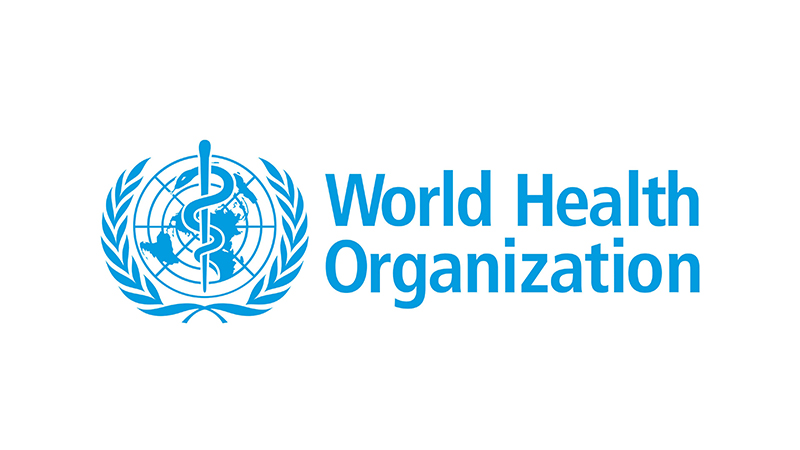 WHO
WHO
WHO updates list of drug-resistant bacteria which is threatening human health
The World Health Organization (WHO) on Friday released its updated Bacterial Priority Pathogens List (BPPL) 2024, featuring 15 families of antibiotic-resistant bacteria grouped into critical, high and medium categories for prioritization.
The list provides guidance on the development of new and necessary treatments to stop the spread of antimicrobial resistance (AMR).
AMR occurs when bacteria, viruses, fungi, and parasites no longer respond to medicines, making people sicker and increasing the risk of disease spread, illness and deaths.
AMR is driven in large part by the misuse and overuse of antimicrobials.
The updated BPPL incorporates new evidence and expert insights to guide research and development (R&D) for new antibiotics and promote international coordination to foster innovation.
“By mapping the global burden of drug-resistant bacteria and assessing their impact on public health, this list is key to guiding investment and grappling with the antibiotics pipeline and access crisis," said Dr Yukiko Nakatani, WHO’s Assistant Director-General for Antimicrobial Resistance ad interim. “Since the first Bacterial Priority Pathogens List was released in 2017, the threat of antimicrobial resistance has intensified, eroding the efficacy of numerous antibiotics and putting many of the gains of modern medicine at risk.”
The critical priority pathogens, such as gram-negative bacteria resistant to last-resort antibiotics, and Mycobacterium tuberculosis resistant to the antibiotic rifampicin, present major global threats due to their high burden, and ability to resist treatment and spread resistance to other bacteria.
Gram-negative bacteria have built-in abilities to find new ways to resist treatment and can pass along genetic material that allows other bacteria to become drug-resistant as well.
High priority pathogens, such as Salmonella and Shigella, are of particularly high burden in low- and middle-income countries, along with Pseudomonas aeruginosa and Staphylococcus aureus, which pose significant challenges in healthcare settings.
Other high priority pathogens, such as antibiotic-resistant Neisseria gonorrhoeae and Enterococcus faecium, present unique public health challenges, including persistent infections and resistance to multiple antibiotics, necessitating targeted research and public health interventions.
Medium priority pathogens include Group A and B Streptococci (both new to the 2024 list), Streptococcus pneumoniae, and Haemophilus influenzae, which present a high disease burden. These pathogens require increased attention, especially in vulnerable populations including paediatric and elderly populations, particularly in resource-limited settings.
“Antimicrobial resistance jeopardizes our ability to effectively treat high burden infections, such as tuberculosis, leading to severe illness and increased mortality rates," said Dr Jérôme Salomon, WHO's Assistant Director-General for Universal Health Coverage, Communicable and Noncommunicable Diseases.
The BPPL 2024 also emphasizes the need for a comprehensive public health approach to addressing AMR, including universal access to quality and affordable measures for prevention, diagnosis and appropriate treatment of infections, as outlined in WHO’s People-centred approach to addressing AMR and core package of AMR interventions. This is crucial for mitigating AMR’s impact on public health and the economy.
Changes between the 2017 and 2024 lists
The BPPL 2024 saw the removal of five pathogen-antibiotic combinations that were included in BPPL 2017, and the addition of four new combinations. The fact that third-generation cephalosporin-resistant Enterobacterales are listed as a standalone item within the critical priority category emphasizes their burden and need for targeted interventions, especially in low- and middle-income countries.
Carbapenem-resistant Pseudomonas aeruginosa (CRPA) infection moving from critical to high priority in BPPL 2024 mirrors recent reports of decreases in global resistance. Despite this transition, investment in R&D and other prevention and control strategies for CRPA remains important, given its significant burden in some regions.
The WHO BPPL 2024 includes the following bacteria:
Critical priority:
Acinetobacter baumannii, carbapenem-resistant;
Enterobacterales, third-generation cephalosporin-resistant; and
Enterobacterales, carbapenem-resistant;
Mycobacterium tuberculosis, rifampicin-resistant (included after an independent analysis with parallel tailored criteria, and subsequent application of an adapted multi-criteria decision analysis matrix).
High priority:
Salmonella Typhi, fluoroquinolone-resistant
Shigella spp., fluoroquinolone-resistant
Enterococcus faecium, vancomycin-resistant
Pseudomonas aeruginosa, carbapenem-resistant
Non-typhoidal Salmonella, fluoroquinolone-resistant
Neisseria gonorrhoeae, third-generation cephalosporin- and/or fluoroquinolone-resistant
Staphylococcus aureus, methicillin-resistant
Medium priority:
Group A streptococci, macrolide-resistant
Streptococcus pneumoniae, macrolide-resistant
Haemophilus influenzae, ampicillin-resistant
Group B streptococci, penicillin-resistant
Changes since 2017 reflect the dynamic nature of AMR, necessitating tailored interventions.
Building on the value of the BPPL as a global tool, tailoring the list to country and regional contexts can account for regional variations in pathogen distribution and the AMR burden.
For example, antibiotic-resistant Mycoplasma genitalium, which is not included in the list, is an increasing concern in some parts of the world.
Support Our Journalism
We cannot do without you.. your contribution supports unbiased journalism
IBNS is not driven by any ism- not wokeism, not racism, not skewed secularism, not hyper right-wing or left liberal ideals, nor by any hardline religious beliefs or hyper nationalism. We want to serve you good old objective news, as they are. We do not judge or preach. We let people decide for themselves. We only try to present factual and well-sourced news.







